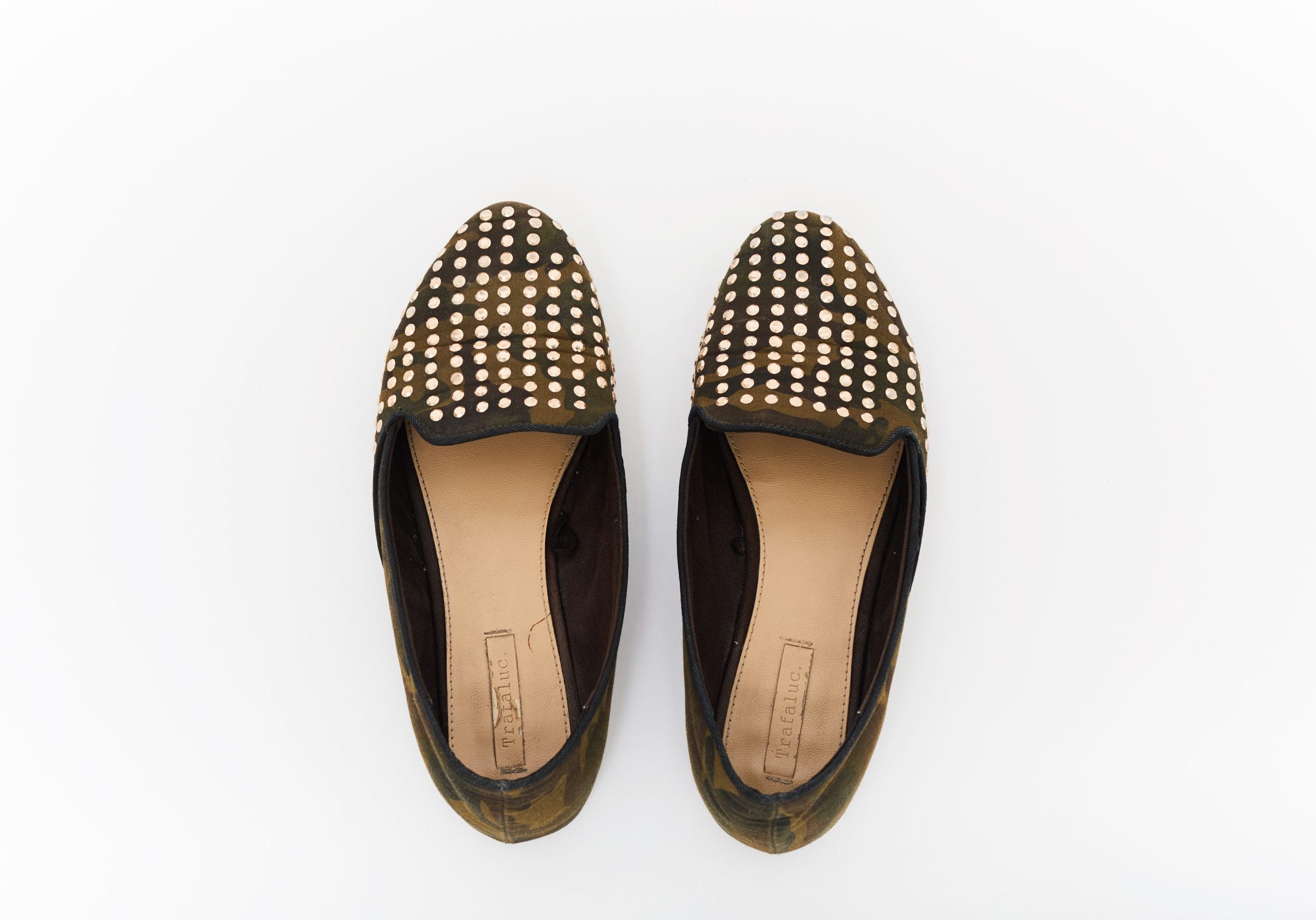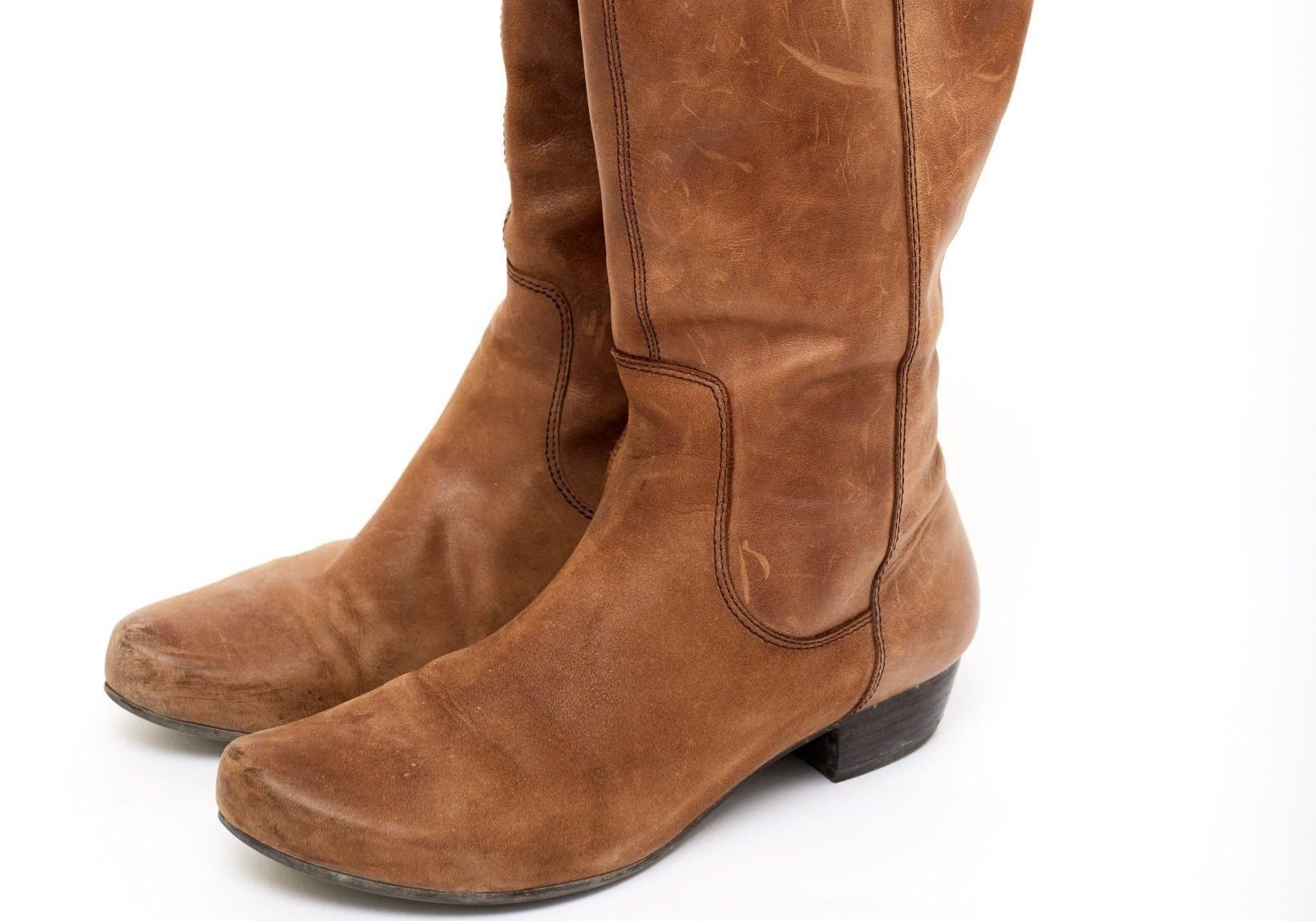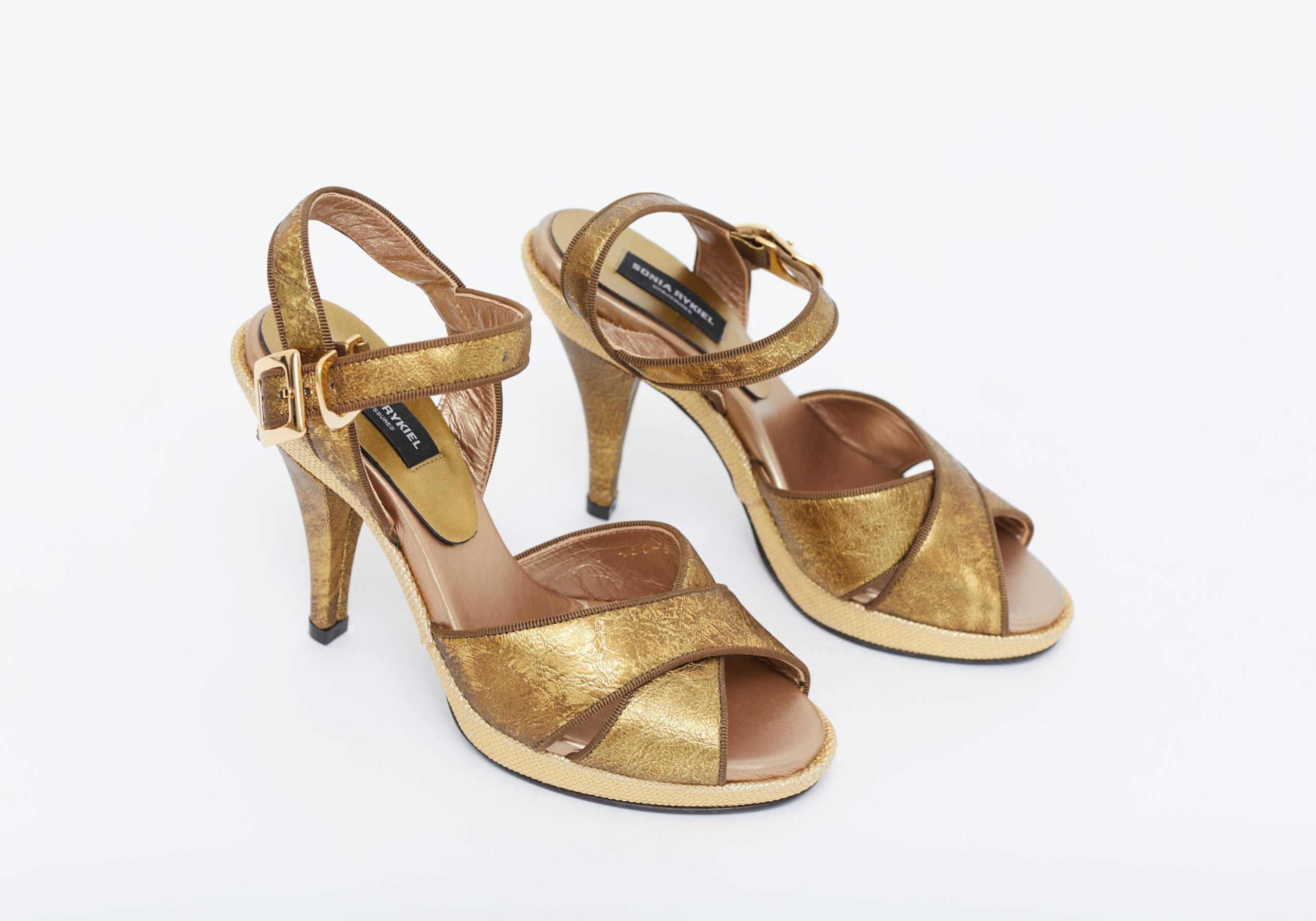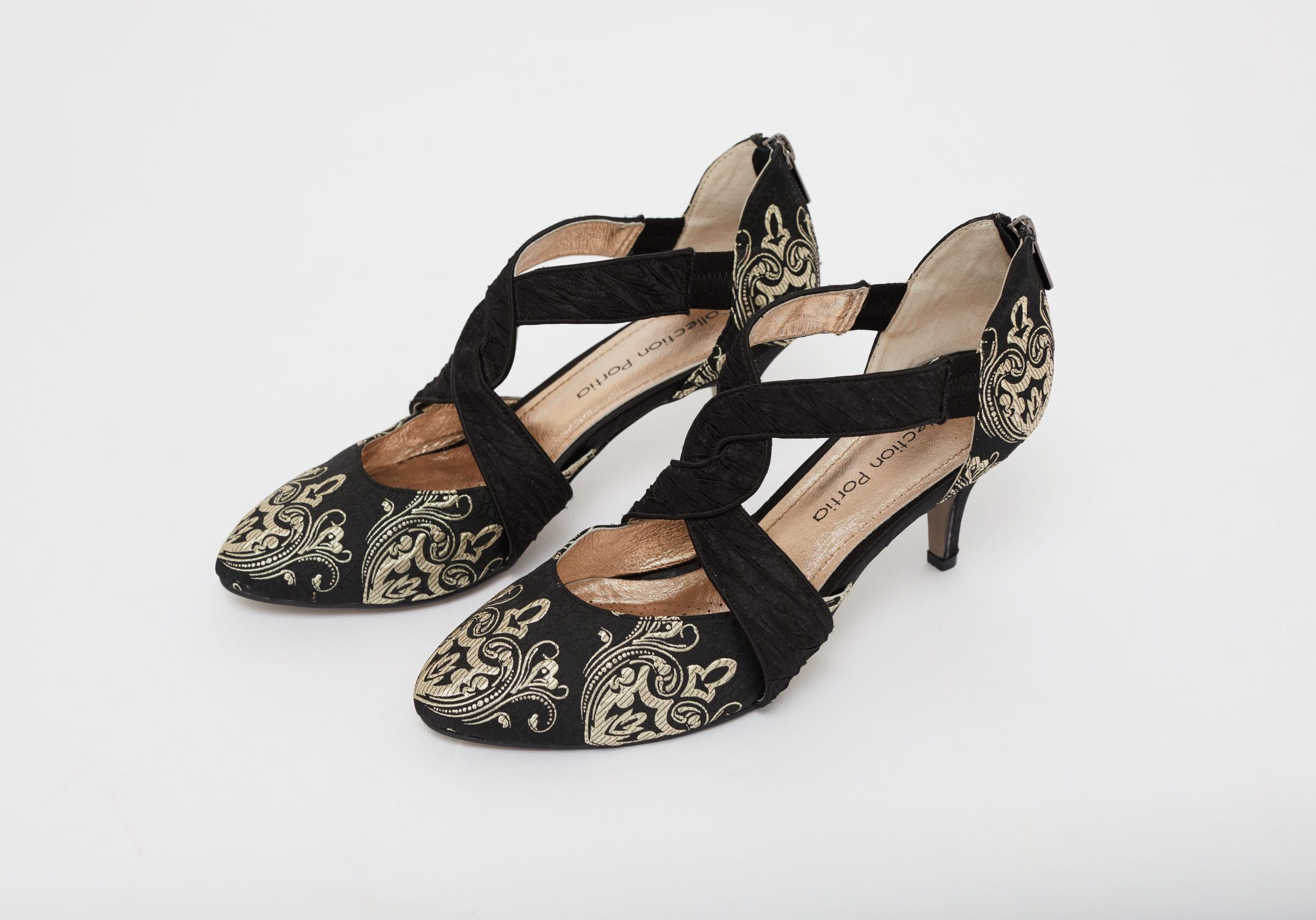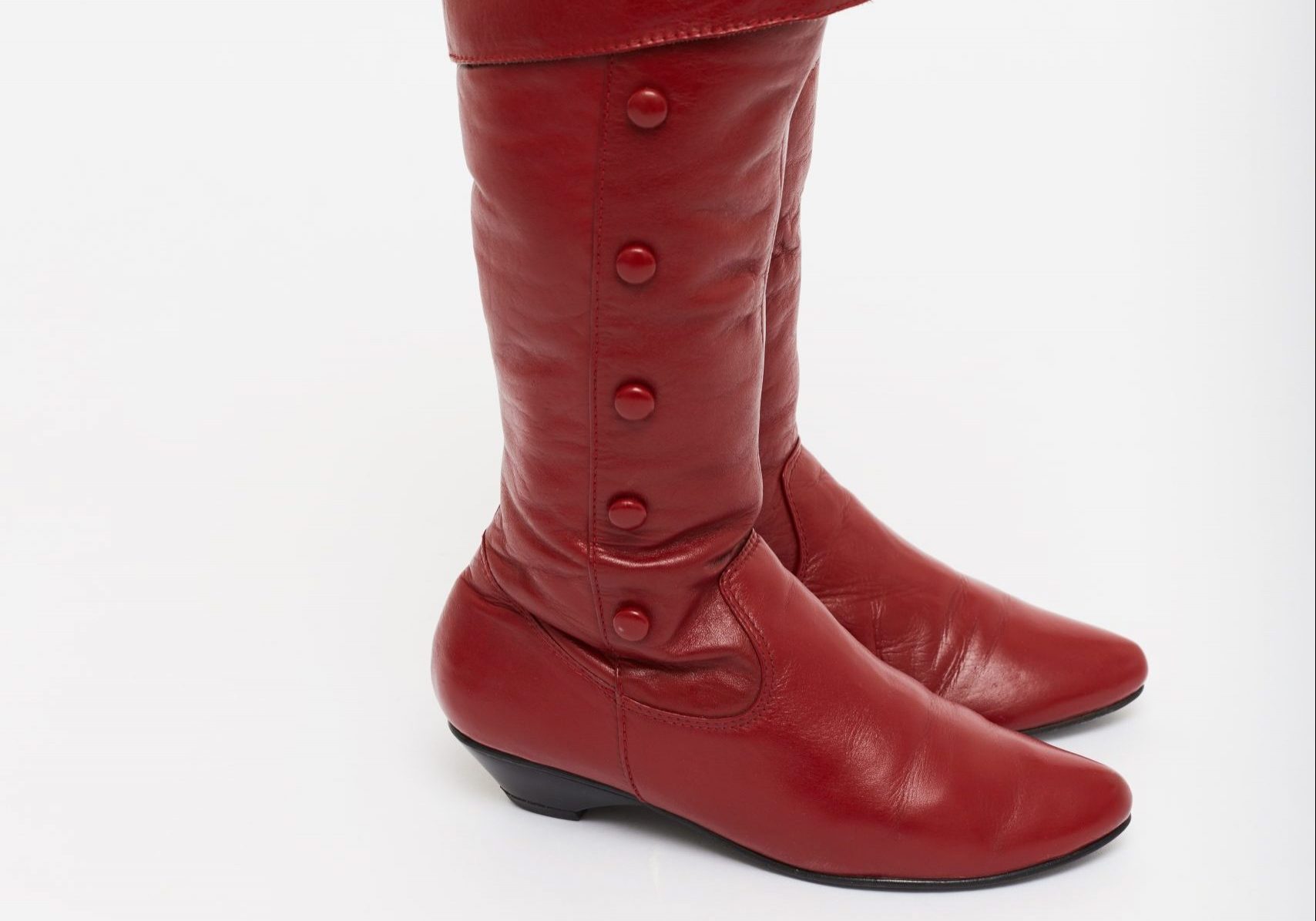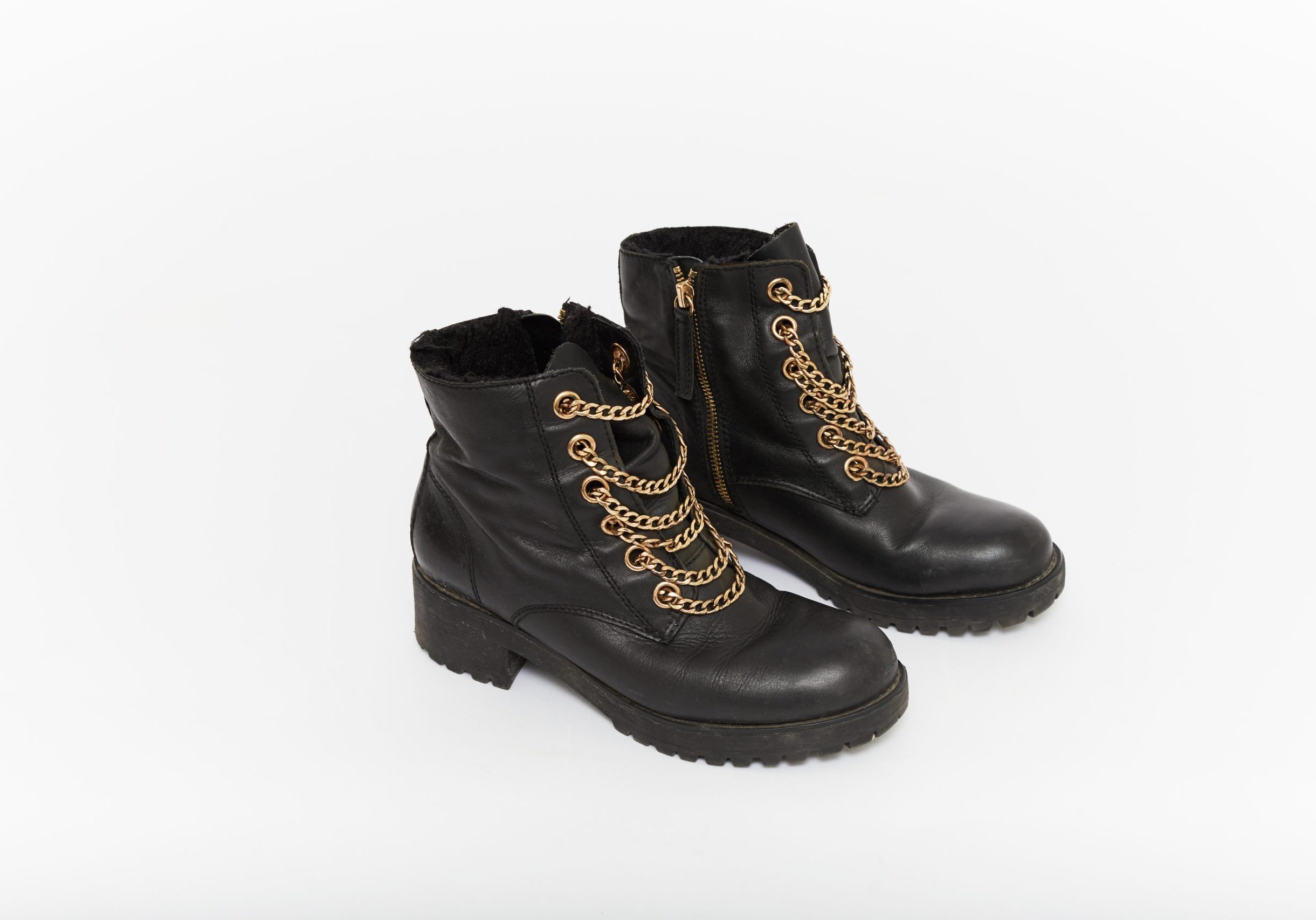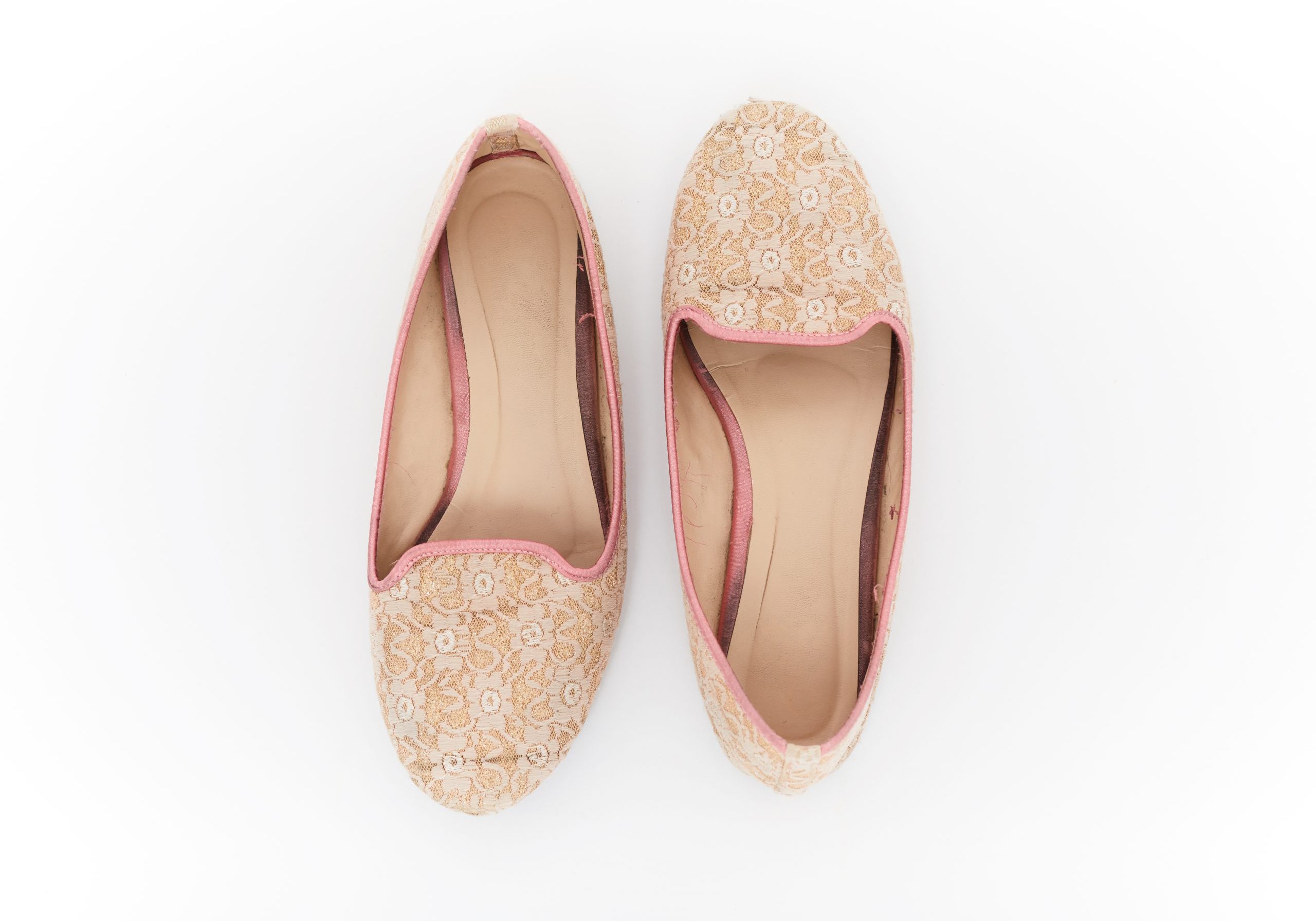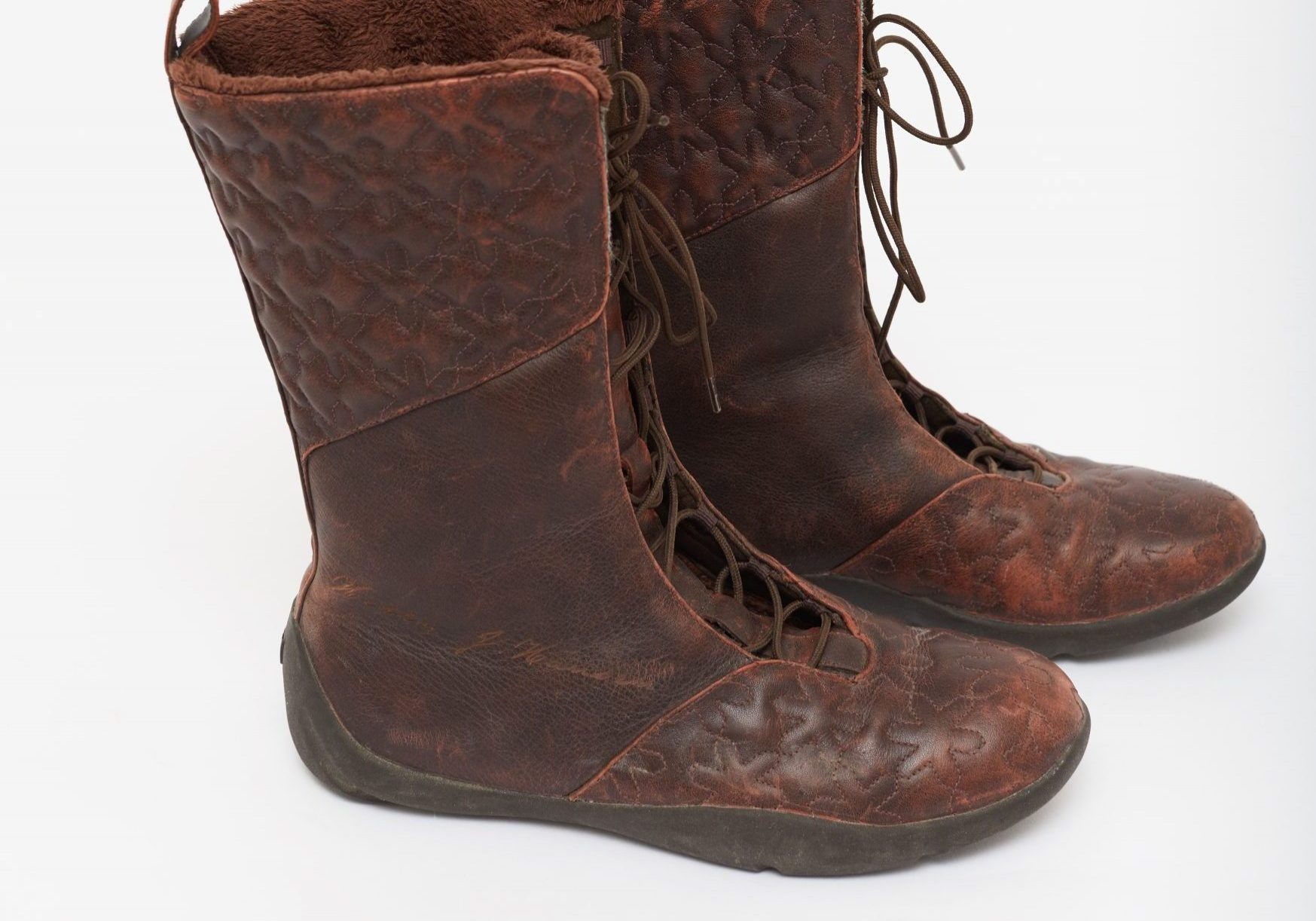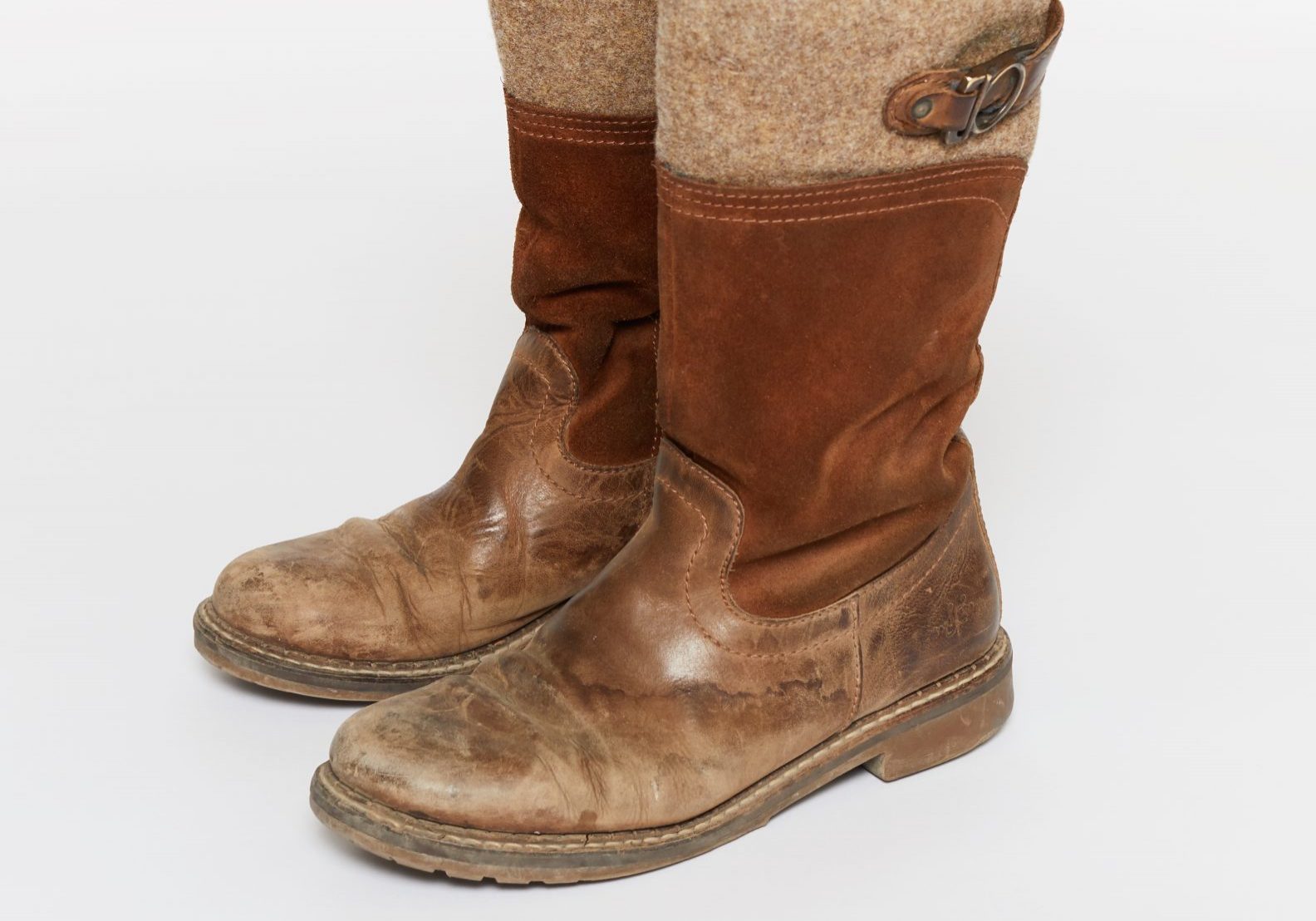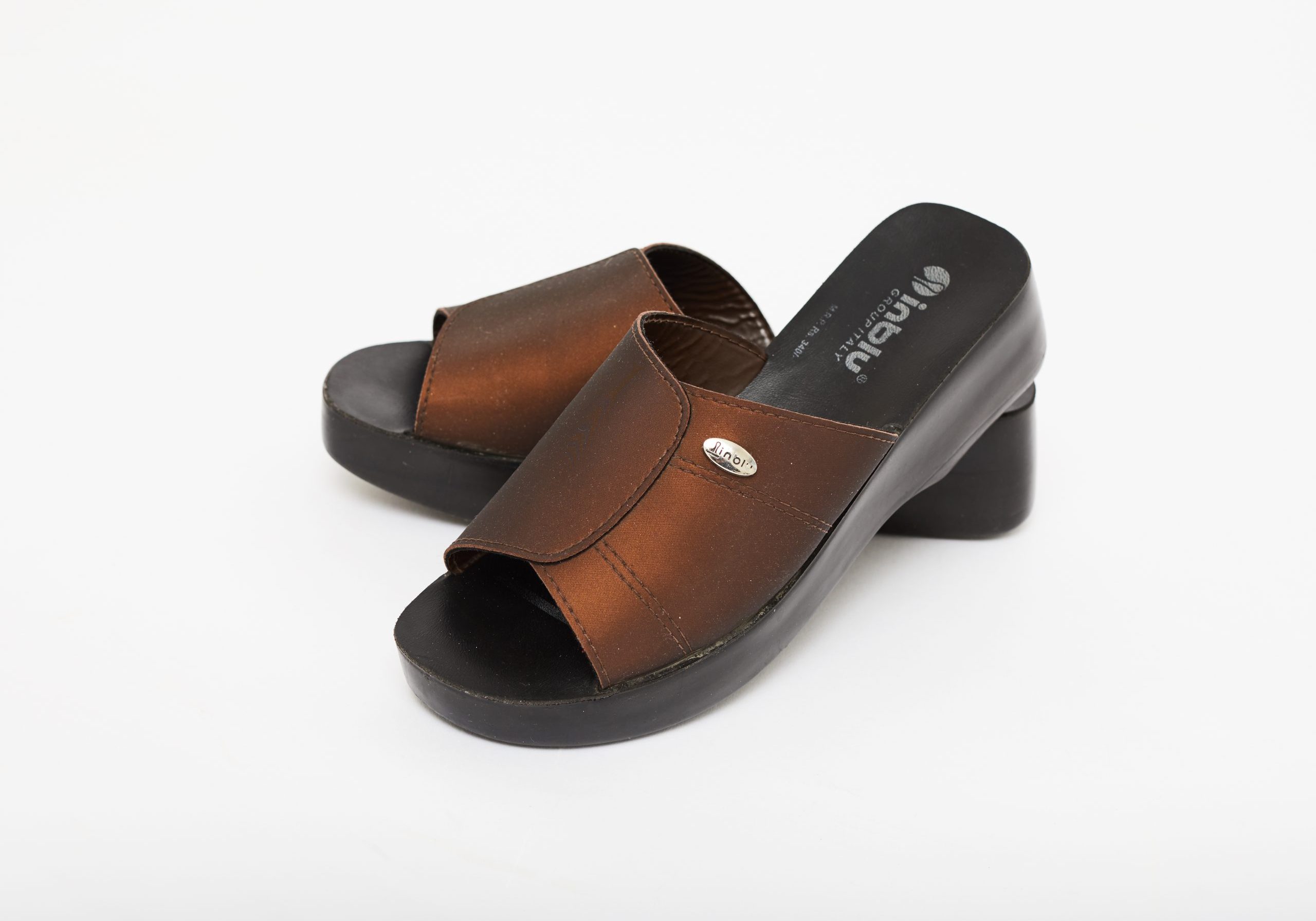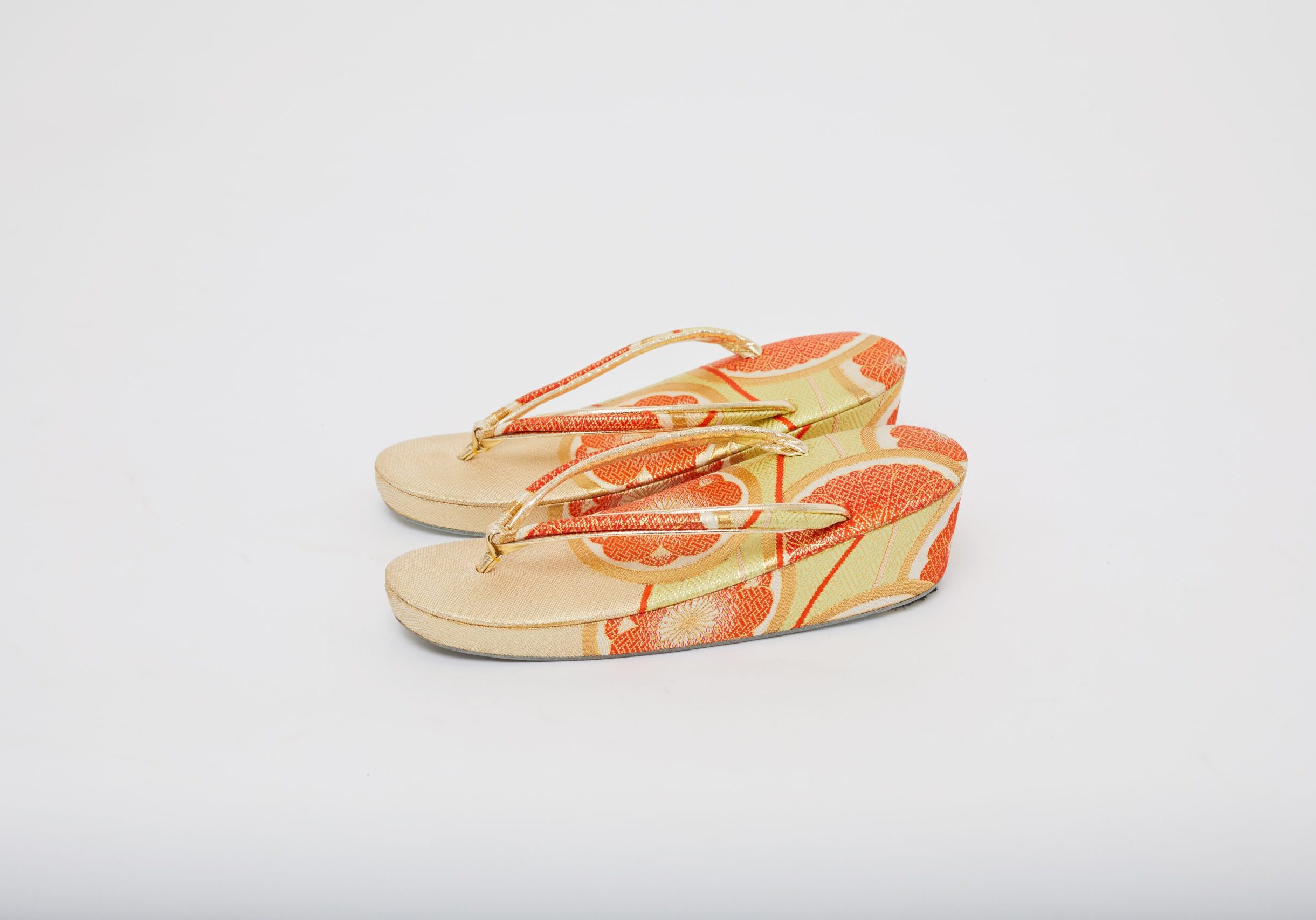Life in Flip-Flops
Sachiho Miller (+Video)
Summary:
It wasn’t supposed to be like this. Just after we moved into our new house, my husband suffered a traumatic brain injury. This setback compelled me to look around at my life as an immigrant to Canada, and a simple pair of tatami flip-flops helped me remember something I had long forgotten.
Story:
In July 2013, I was sitting beside a bed in the Intensive Care Unit at the Foothills Hospital in Calgary. My husband had the nicest room, with a big window at the corner of the unit—I wondered what that meant.
The ventilator had been removed once, in the hope that he would breathe on his own, but had been put back again. He had been diagnosed with a traumatic brain injury. The doctors and nurses kept saying he was stable; I had learned that the meaning of stable was not great. As much as I wanted to be beside his bed waiting for him to wake up, after two weeks, I could not sit still anymore. I decided to go back to work.
That night I took the Greyhound bus home. It wasn’t supposed to be like this. We had just bought our first home and had only moved in a month before. I’d been trying to pretend nothing had happened, but I had to force myself to face the reality that I was in charge now. And that was terrifying.
I sat on the couch that we picked out together and looked around the living room. Then, restless, I went to the kitchen, bedrooms, bathroom, laundry room and storage room. On a closet shelf, I saw the pair of tatami flip-flops I brought with me from Japan. Actually, these flip-flops were the third or fourth edition—since I was eighteen and a spoiled university student, wherever I travelled, the flip-flops went with me, and I always bought the same style. Backpacking through eleven countries made me see how simple life could be.
The flip-flops reminded me of something I had forgotten. My husband often said, “You don’t need much to stay happy.” I told myself I would live life with what I had, and that was enough. I would make myself busy so that I did not sink into fear. And I would juggle my two jobs so I could still visit my husband at the hospital.
First of all, I had to get a car and a driver’s license because the Greyhound booked up quickly. Luckily my Japanese driver’s license was transferable to Canada, so I didn’t need to re-take exams or road tests. After a week or so, I got a 1997 Toyota Corolla. The car registration was the first official document under my name only—even after five years of living in Banff, I had no credit score. The business of arranging for the car gave me an unfamiliar sense of independence.
This confused me! Back home, I was very independent. I had a business degree and a professional career in public relations and marketing. Throughout the years in Canada, I’d had jobs and paid my own way, but something had not been sitting right with me, deep inside. I was insecure and ashamed of my Japanese accent. For a long time, I had been carefully ignoring my frustration.
I left Japan to see the world—yet my world had become smaller than ever. I had to find a way to extricate myself from that small world and start collecting a sense of self. By the time I had the car organized, my husband was conscious again, and soon he was transferred to the rehabilitation unit. Fortunately, he recovered well, and after three months, he was able to come home. Since then, I try to live a life that I can be proud of. I still struggle, but I am living my life, and that is all that matters.
SACHIHO MILLER left her home of Tokyo, Japan, to travel the world. After travelling through Asia and South America, she visited Canada in 2008 and never left. She now lives in Banff with her husband. Sachiho has participated in the Bow Valley Literacy Program since she moved to Banff and has since become a tutor, helping other students with their learning needs. After completing an internship through the Bow Valley College, she now works full-time at the YWCA Banff as part of the outreach team.
